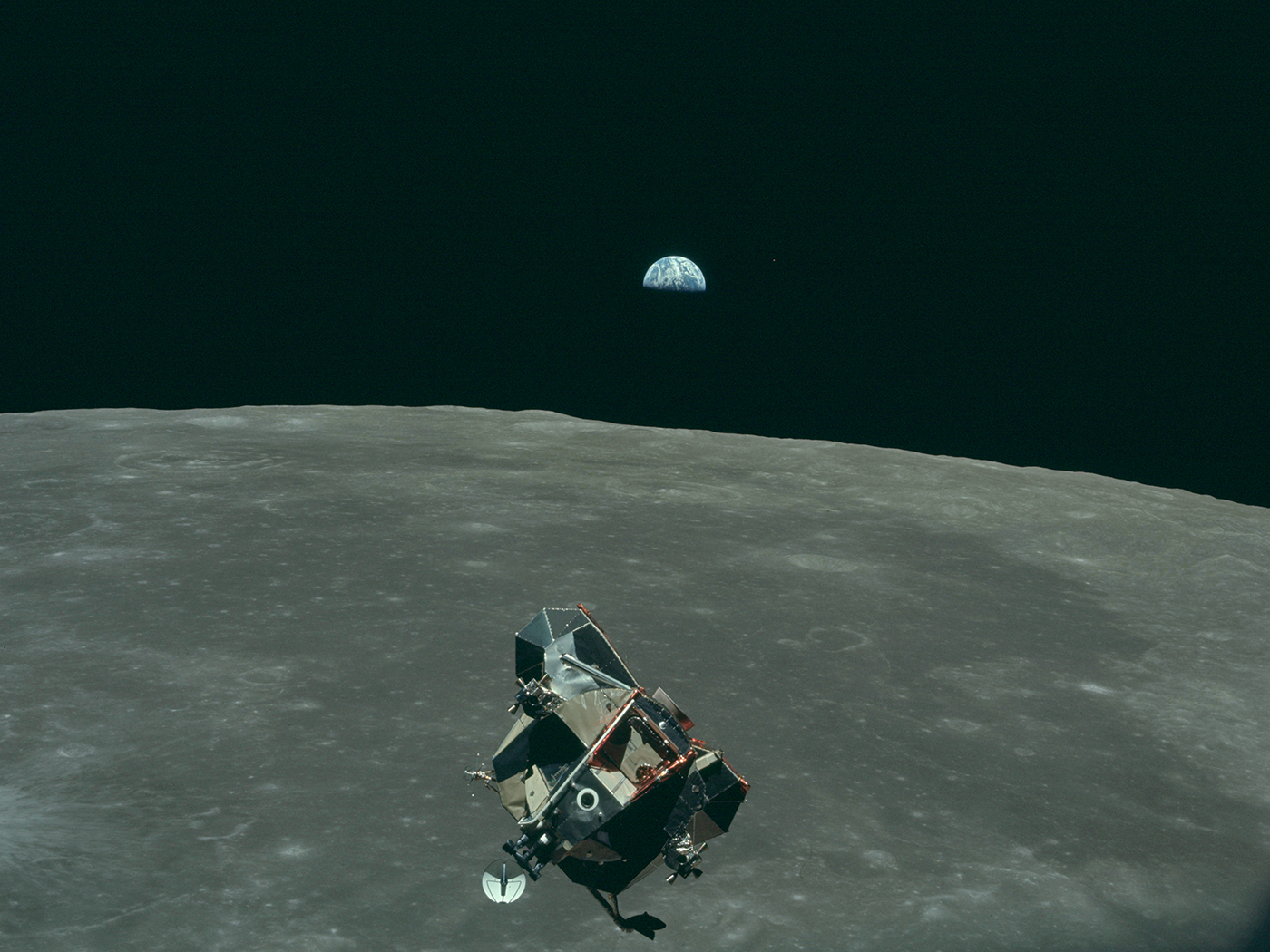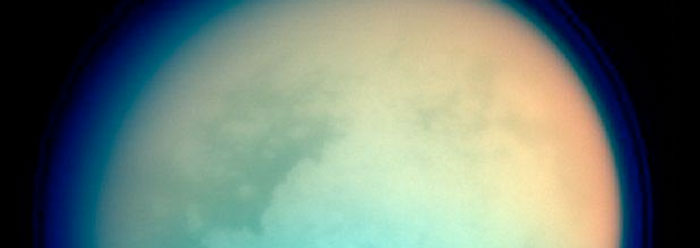Recently, with the aid of a phenomenon called gravitational lensing, the Hubble took a remarkable picture of a star called Earendel. Astronomers say it is the farthest individual star to date.
Earendel is unique because Hubble was able to observe the star independently because of its alignment between earth and a galaxy that provides natural magnification a thousandfold or more.1
Astronomer Brian Welch of Johns Hopkins University nicknamed the star Earendel, which is at least 50 times the mass of our sun and millions of times brighter. Earendel appears to be even older than a 2018 discovery (also set by Hubble) of an enormous blue star nicknamed Icarus.
Evolutionists maintain Earendel emitted its light allegedly within the universe's first billion years (7% of its current age), and its light has taken 12.9 billion years to reach earth. According to the Big Bang theory, this was when early stars were composed of massive amounts of hydrogen and helium, and trace amounts of lithium. In other words, this might be a legendary Population III star. Welch stated, "Earendel existed so long ago that it may not have had all the same raw materials as the stars around us today."2 Based on evolutionary reasoning, Earendel should have almost no chemical elements other than hydrogen and helium. Astronomers hope to analyze the star’s spectra (information about its temperature, chemical composition, and luminosity) with the James Webb Space Telescope.
But if the star has significant amounts of other chemical elements, this will contradict evolutionary expectations, because the star is also observed alongside “young but mature” galaxies in deep space.3
What about the great distances of stars and galaxies? If they are billions of light-years away, then shouldn’t their light take billions of years to get here?
While this conclusion may seem reasonable, it is an unproven assumption. Even mainstream physicists and astronomers acknowledge that distant starlight can theoretically get here quickly—in fact, in no time at all! For an interesting discussion, watch “Why No One Has Measured The Speed Of Light” by Veritasium, available here.
Although creationists do not agree with the great ages or deep evolutionary time, they certainly agree with the psalmist who said,
The heavens declare the glory of God; and the firmament sheweth his handywork.4
References
1. Rae, A. Hubble telescope discovers farthest single star to date. NBC-2. Posted on nbc-2.com April 3, 2022, accessed April 3, 2022. See also: Welch, B. et al. 2022. A highly magnified star at redshift 6.2. Nature. 603: 815-818.
2. 28 Billion light-years away: the most distant star ever discovered. Discovery. Posted on discovery.com March 31, 2022, accessed April 3, 2022.
3. Hebert, J. Most Distant Rotating Disk Galaxy Challenges Secular Models. Creation Science Update. Posted on ICR.org May 28, 2020.
4. Psalm 19:1, KJV.
Image Credit: Copyright © NASA Goddard Space Flight Center. Used in accordance with federal copyright (fair use doctrine) law. Usage by ICR does not imply endorsement of copyright holder.
*Dr. Sherwin is Research Scientist at the Institute for Creation Research. He earned an M.A. in zoology from the University of Northern Colorado and received an Honorary Doctorate of Science from Pensacola Christian College.
























